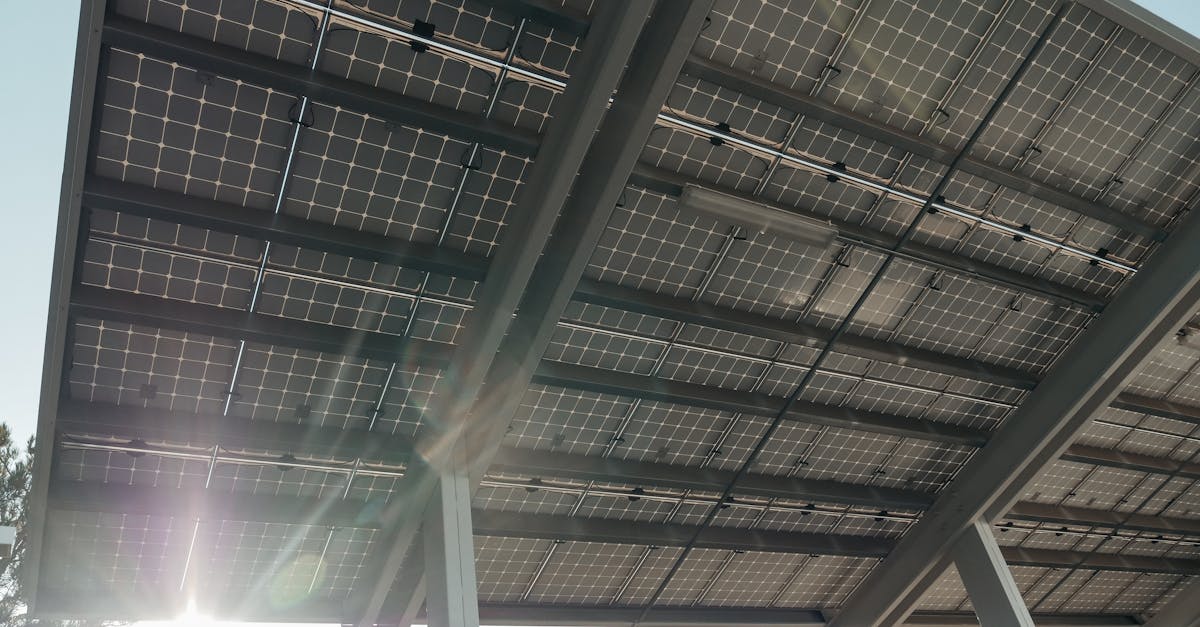Tile For Aluminum Roofing Substitution Australia

Table Of Contents
Tile For Aluminum Roofing Substitution Australia
When considering a roofing project, whether it involves tile or ceramic materials for metal or aluminum roofs, it is crucial for homeowners to be well-informed. Understanding the nuances of roofing replacement in Sydney can help in making the right choices while ensuring that the investment is worthwhile. One essential step in this process is preparing a comprehensive list of "Questions To Ask Roofers Sydney." These questions can guide conversations with professionals, ensuring that all aspects of the roofing project are considered.
Engaging with roofers in Sydney requires not only knowledge of the materials but also a keen awareness of the questions that need to be addressed. From understanding the types of tiles or ceramics suitable for roofing replacement to inquiring about the durability and maintenance of metal or aluminum options, asking the right questions is vital. Homeowners should approach their roofing needs with confidence, armed with a thorough understanding of the "questions to ask roofers sydney" to facilitate informed decision-making in their roofing project.
Advantages of Switching to Tile Roofs to Aluminum
Switching to tile roofs for metal brings several benefits for homeowners. One pro is longevity. Steel roofing are known for their ability to withstand harsh weather conditions, like heavy rain, snow, and strong winds. Such a robustness means into a longer lifespan compared to traditional tile options. Additionally, metal roofs are less heavy, making installation easier and more cost-effective for homeowners.
An additional benefit of changing to metal roofing is the efficiency of energy use. Aluminum roofing reflect sunlight, which can help reduce cooling costs during hot summers. This also add to lower energy bills, but they also promote a more comfortable indoor environment. Additionally, many metal roofing options are designed to be environmentally friendly, resulting in a more eco-conscious choice for homeowners looking to improve their home's efficiency.
Importance of Changing from Metal Roofs in New South Wales
Changing from steel roofs represents the notable step for residents in the Sydney Area. This type of roofing offers improved durability to withstand harsh weather conditions, which is important in this climate. Moreover, steel roofs demand less maintenance, saving homeowners time and money throughout the years.
An additional benefit of upgrading from steel roofing is its energy efficiency. Metal roofs deflect heat effectively, which can assist in reducing cooling costs during the hot summer months in the Sydney Area. In addition, steel roofs are environmentally friendly, often made from recycled materials and being fully recyclable at the end of their lifespan. This mix of benefits makes this decision to transition to steel roofing a wise investment for residents in Sydney.
Typical Problems When Replacing Tile Roofs to Metal
Replacing slate roofs to steel can introduce several challenges for homeowners. A primary problem is the weight difference between slate and steel materials. Ceramic roofs are generally heavier, which may require modifications to the existing roof structure to ensure the roof can support the new material. Moreover, the transition from a roofing type to another often requires compliance with local building codes, which can add complexity to the project.
Another common issue involves the potential for leaks or gaps during the installation process. Aluminum roofs require precise fitting and sealing to prevent water infiltration, which can lead to issues down the line. Insufficient installation techniques may not only compromise the roof's integrity but also result in higher maintenance costs. Furthermore, the change in roofing style may also affect the home’s overall aesthetic, prompting residents to consider their choices carefully before proceeding.
Ways to Overcome Challenges in Roof Upgrade
Upgrading a metal roofing after a tile roof can present various challenges. An initial concern is a stability of the existing framework. Before the installation, it is essential to evaluate the condition of the underlying structure. Identifying weaknesses in the frame can lead to difficulties during the replacement process. Making necessary reinforcements can ensure a successful transition to the new roofing material.
An additional issue that may arise is in regard to the adaptation of the roof's aesthetic. Metallic roofs can differ greatly in design compared to tile roofs. Residents should consider how the new roof will integrate with the overall look of their home. Careful planning and consultation with roofing professionals can help in selecting a style that complements the existing structure. These steps can considerably enhance both the performance and aesthetic appeal of the home.
Exploring Fitting Process for Ceramic to Metal Roof Replacement
Switching a ceramic roof to steel is an crucial home improvement endeavor. This installation procedure includes thorough planning as well as a suitable materials. To start, a old roof must be properly removed, which guarantees a strong structure for the new steel roof.
Afterward, a installation of the fresh steel roof may start. Such procedure involves laying each steel panels onto the set structure. Proper sealing and fastening are critical to confirm water resistance and longevity. Finally, a final inspection takes place crucial to ensure everything is installed accurately.
Detailed Explanation of Tile to Metal Fitting
Replacing from tiled roof to a metallic roof might appear daunting at first. Yet, through a detailed overview, this process becomes less complicated. First, it is critical to inspect the existing tile roof for any damage or weak points. Subsequently, carefully remove the tiles while making sure the underlying structure remains unharmed.
Once the tiles are removed, installing the metal roofing needs proper preparation of the decking. The step involves installing a moisture barrier to safeguard the roof from water damage. Next, the metal panels can be secured to the roof structure with the appropriate fasteners. In conclusion, it is crucial to ensure all seams are sealed properly to avoid leaks. Finishing the project involves a thorough inspection to confirm everything is placed correctly.